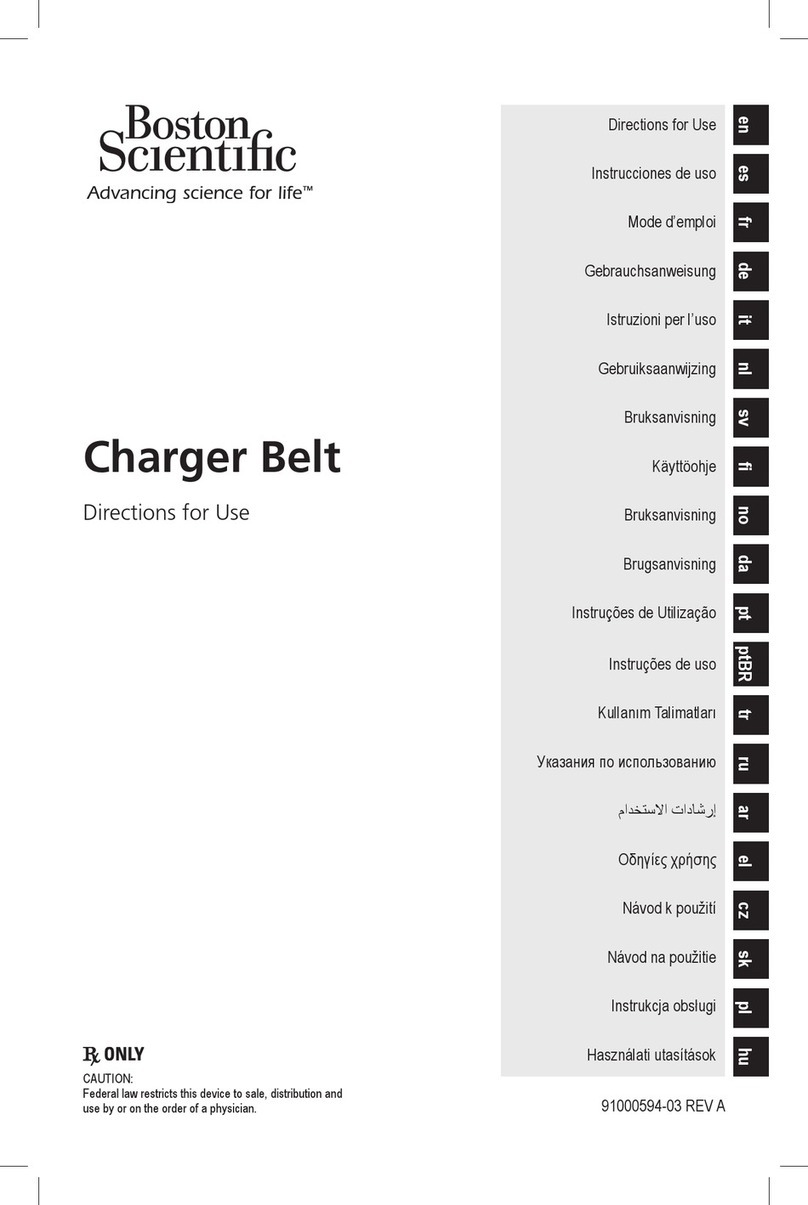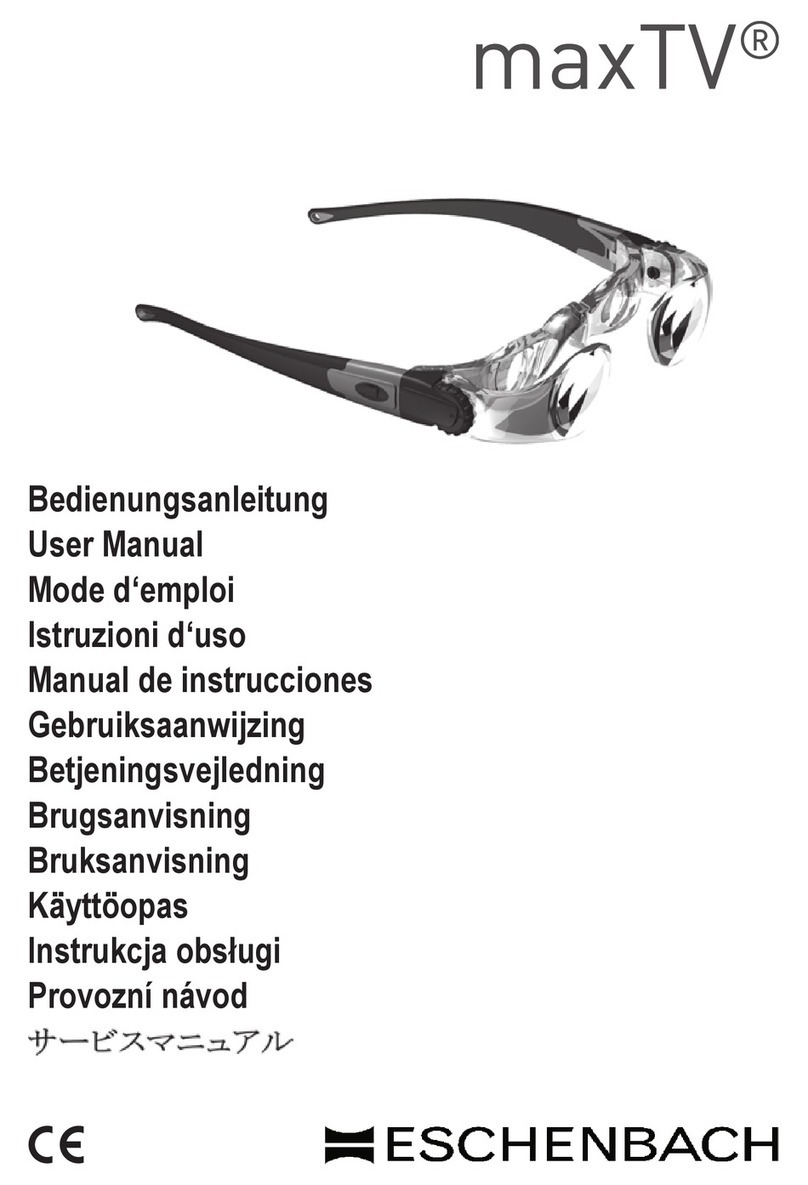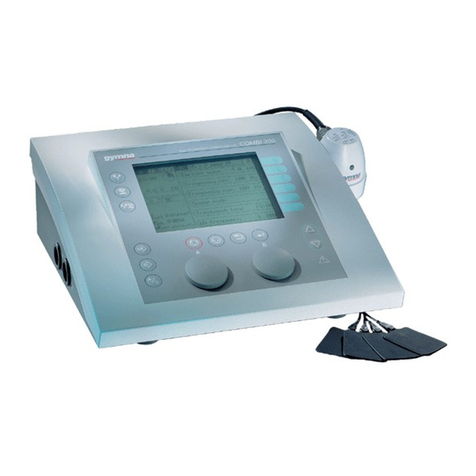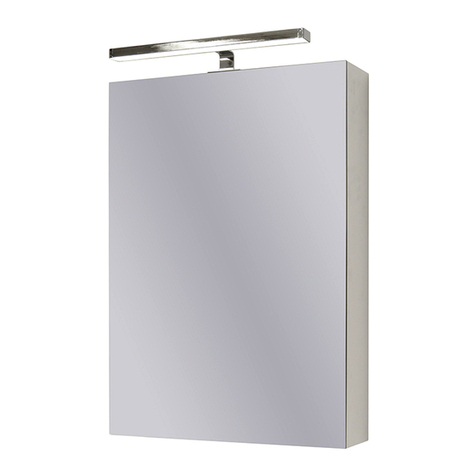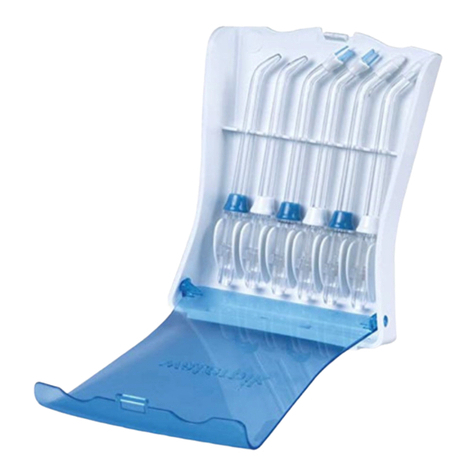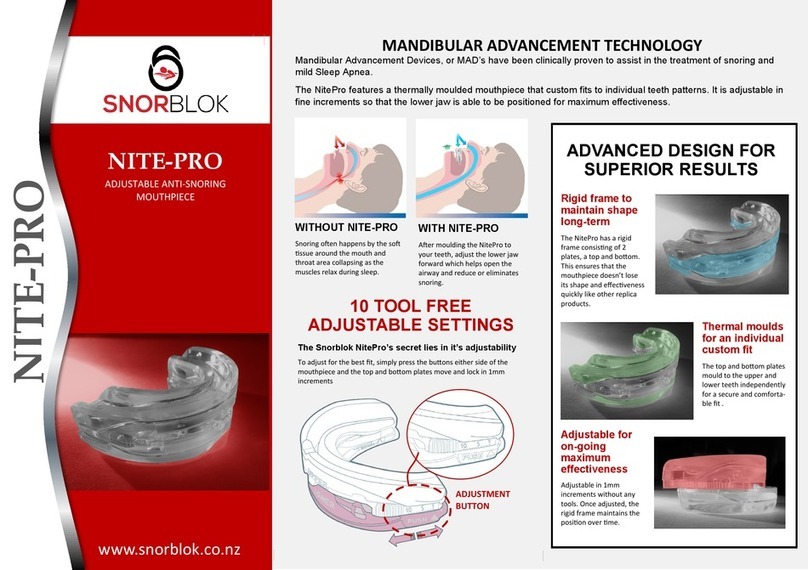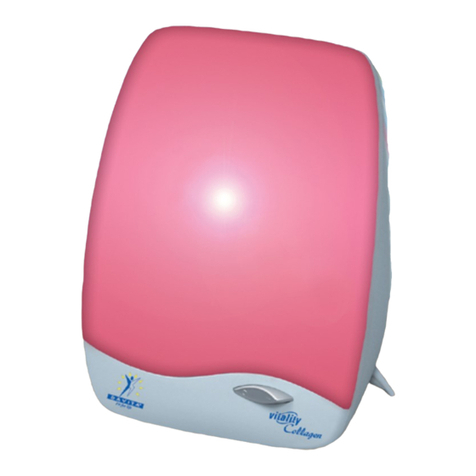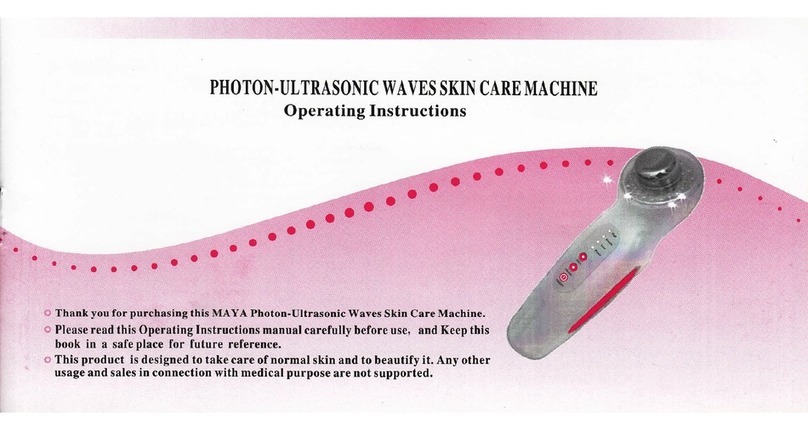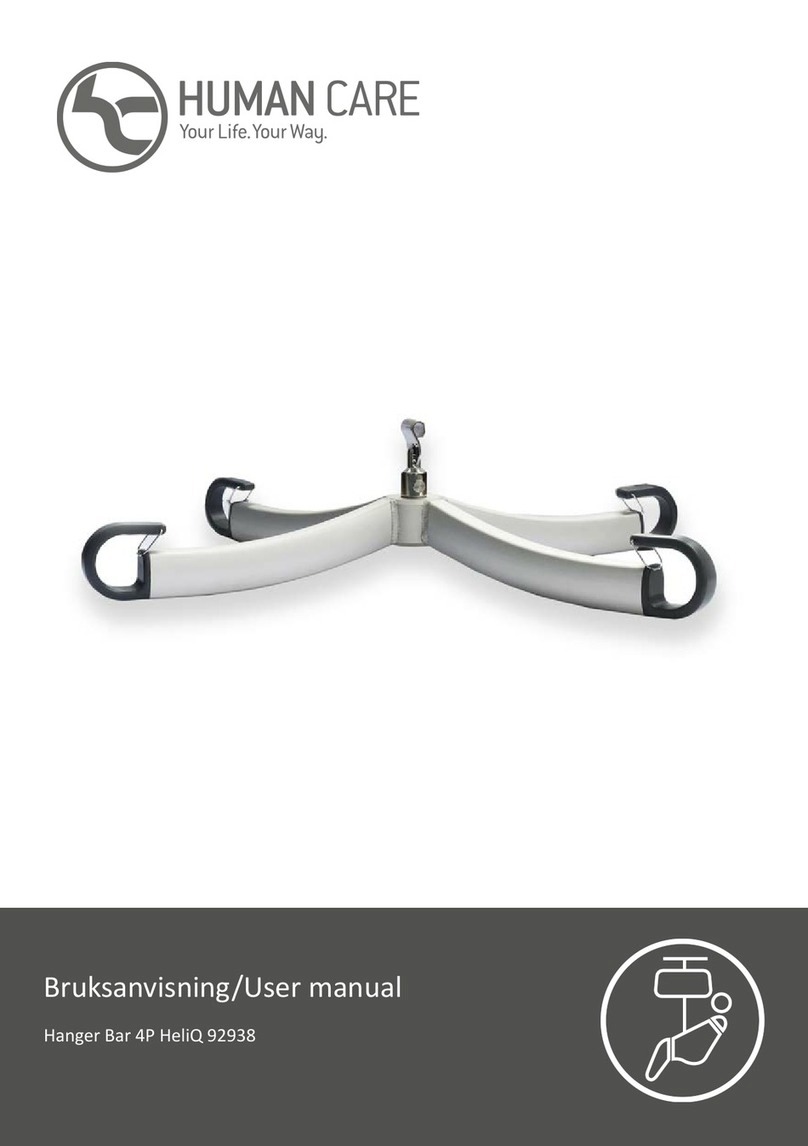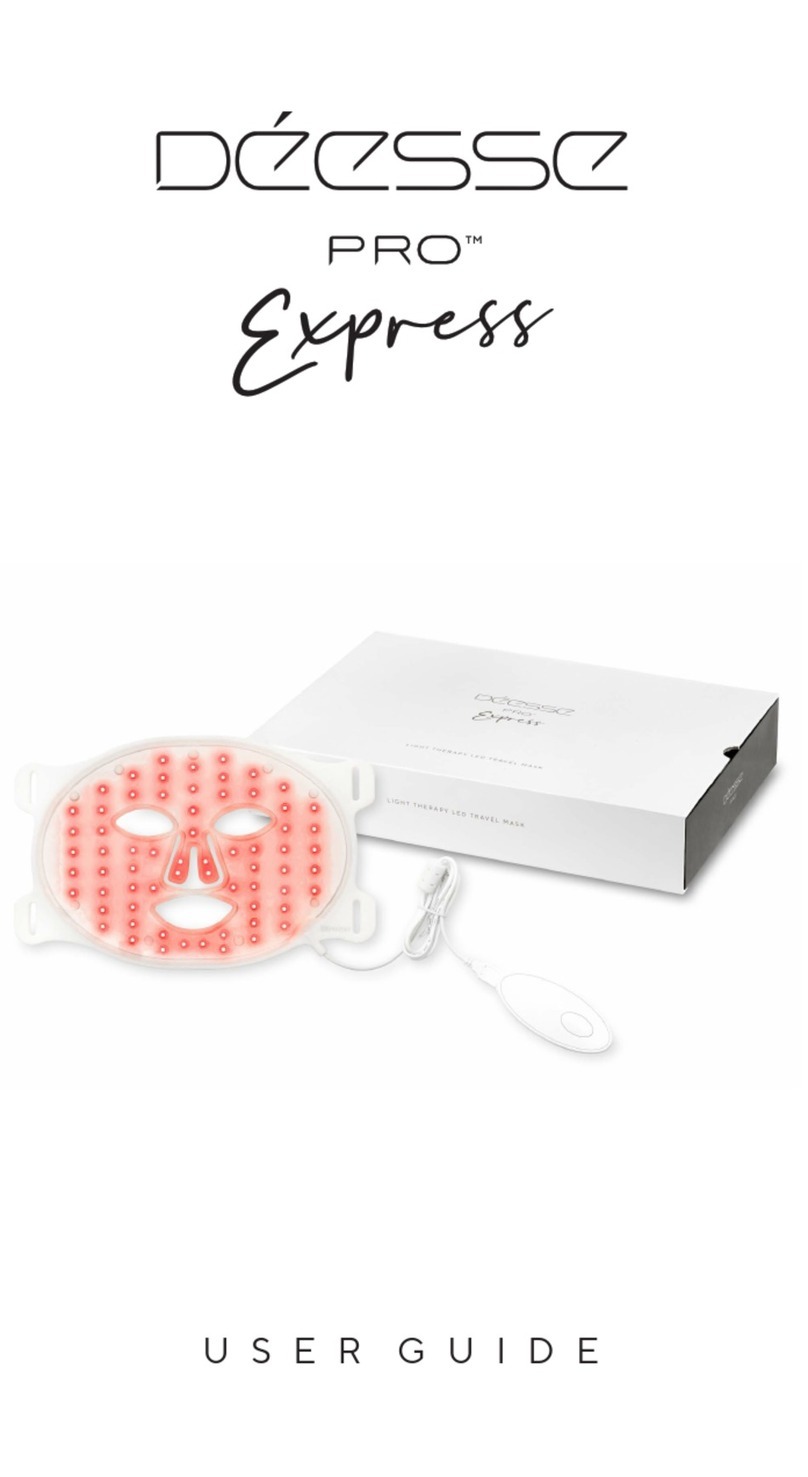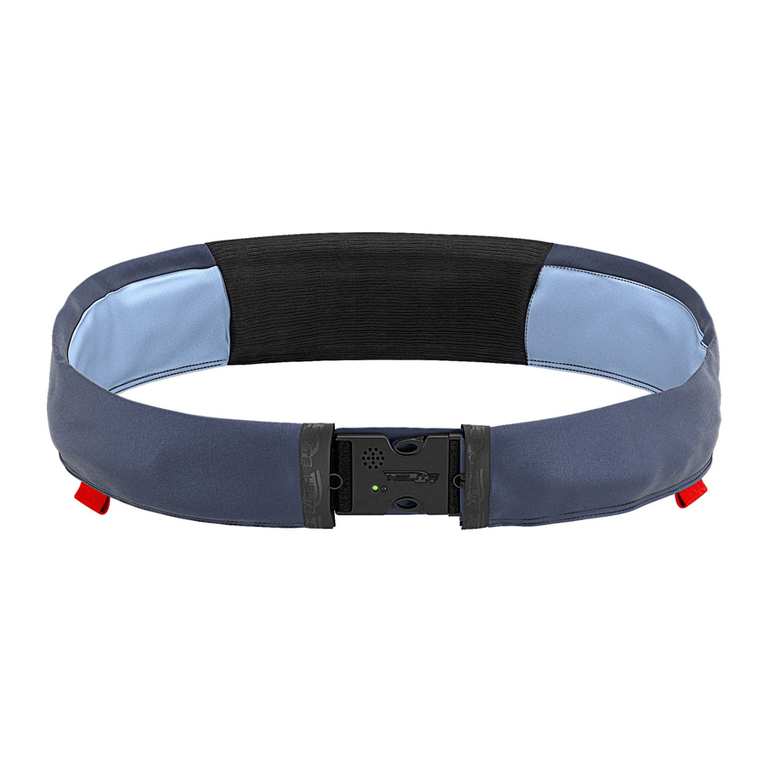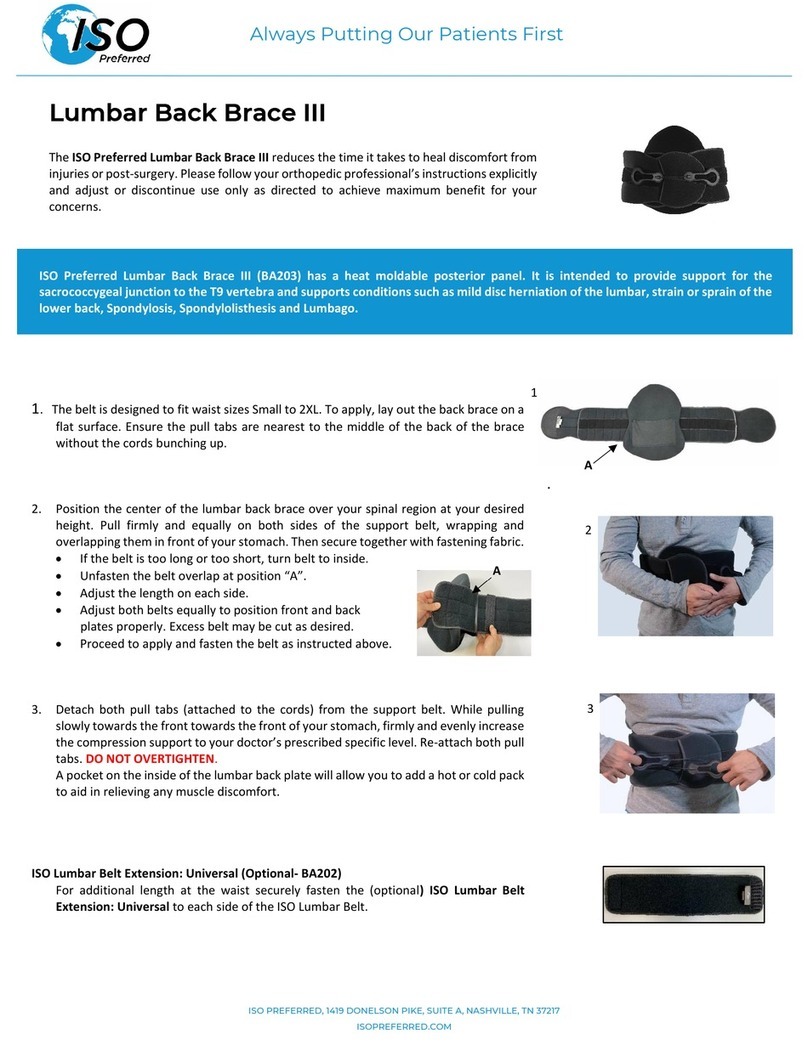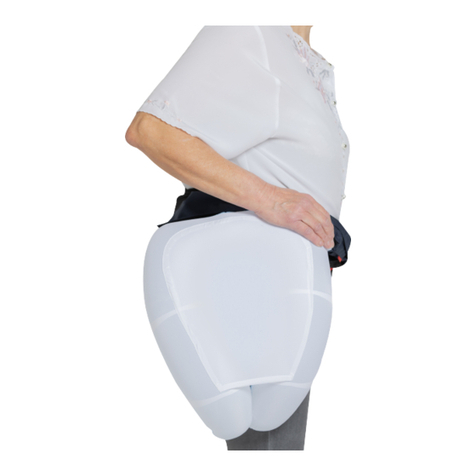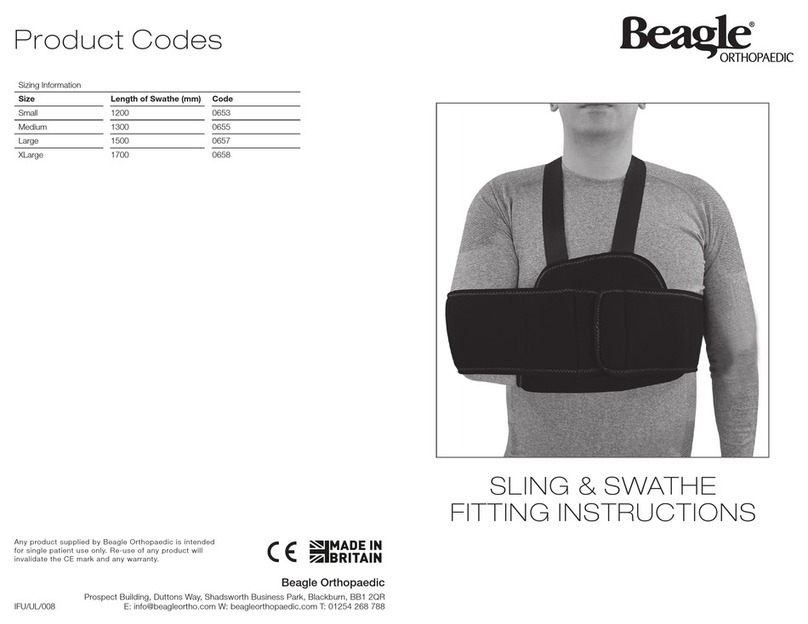Gravity Life PostureKey User manual

User Guide

Table of Contents
About PostureKey
How to use
How to use: The Keystone
How to use: The Cradle
Removing PostureKey
Important information
2
3
4
6
8
9
1

• If you are/ could be pregnant
• If you have epilepsy
• Anyone with open wounds/sores around the area where the
PostureKey makes contact with your skin
About PostureKey
2
PostureKey works with your bodyweight to trigger,
decompress and relax tight muscles in the neck, spine
and pelvis. This creates a domino eect, releasing
tension throughout your body, resulting in improved
posture and reduced pain, allowing your entire body
to reposition itself correctly.
For best results, use your PostureKey for around 20
minutes per day. Some users find the need to gradually
build the time spent on the system.
20
minutes
It is not advisable to use PostureKey:

How to Use: Before you Start
3
Lie down, face up, on a firm surface. Ideally a carpeted floor,
however a yoga mat or a therapy table also work well.
A bed is usually too soft however if you find
getting down to floor dicult, you could
use a board on your bed to create a firmer
surface.
Support from behind the knees is
important in order to allow the hips to relax
and relieve pressure from the lower back.
Do this by placing a bolster or a cushion/
rolled-up towel underneath your knees. If
you’re on the go and find it comfortable,
we suggest putting your feet up on a chair
or sofa.
Alternatively, if you do not have a bolster
of some kind, place your feet flat on the
floor with your knees at 30-45 degree
angle.

How to Use: The Keystone
4
It is important this is placed central to the sacrum, but adjust the
Keystone to find a comfortable position for you. The Keystone can
be moved upwards for comfort, but NOT downwards.
The Keystone should be positioned first.
Place the keystone under your pelvis,
centrally, against your sacrum.
The top of the Keystone is marked ‘TOP’, this
should run in line with the tip of the sacrum/
waistband.
The point of the triangle should sit on the tailbone/coccyx (essentially
the top of the crease of your bottom).
You should be able to relax into it within a minute or so. To relax
further, allow the knees to very slightly roll to the side.
Slowly, lower your bodyweight onto the Keystone until you’re lying
down. If you have lower back pain or restrictive agility see page 5 for
our alternative suggestions on placing the keystone.

How to Use: The Keystone
5
Every user’s level of tension and support is dierent.
Therefore, the Keystone can be used in a number of ways:
The ‘standard’ way, with both the white plastic
and the soft blue side connected with the blue
side against your sacrum.
For a deeper impact, flip the Keystone and
place the white plastic side against the sacrum,
with the soft blue mat on the floor.
If you find this too firm, you can seperate the
two, and use just the blue mat until you feel
comfortable to use the two together.
1
2
3
If you have restricted agility or lower back pain,
instead of lowering yourself on to the Keystone,
lie down first, lift the pelvis slightly and place
the Keystone underneath making sure its in the
right place. It is most important that you are
comfortable whilst using PostureKey.

How to Use: The Cradle
6
Place the neck Cradle behind your neck and
head, making sure the side with the four balls is
at the top.
Move it around until it feels comfortable, small
adjustments to both pieces are key.
A high amount of tension in the shoulders may push the Cradle
towards the head. This may cause some discomfort due to the
sense of pressure against the head and neck and unacknowledged
tension in your back. Prior to using your PostureKey, gentle shoulder
shrugs could help to loosen you up.
It is best if the Cradle is pushed down into the
shoulders with the neck extended, allowing
you to breathe more easily. If you are very
tense the Cradle may feel too firm at first,
just remember to take some deep breaths
and relax.

And relax...
7
As tension disperses, your weight distribution may change, if you wish
too, reposition the Cradle and Keystone so your neck and back can
assume their natural position.
Once comfortable, close your eyes and let go of any tension, let your
shoulders relax with your arms by your side.
Lie back and relax, for around 15-20 minutes. Let your body do the rest.
You will see more significant results if you use your PostureKey on a
regular basis.
There are plenty of options to ease your body into using PostureKey
if you find discomfort from the experience. See page 5 for some
recommendations. Alternatively, gradually build up the time you
spend on PostureKey.

Removing PostureKey
8
Once you have finished your PostureKey session, lift your head and
remove the neck Cradle, you may wish to replace this with a cushion.
Next lift the pelvis and remove the Keystone,
then bolster from under the knees.
Lie for a minute or two before
rolling onto your side to get up.
You may feel slightly light-headed following a session. Take your
time getting up and make sure to drink plenty of water before and
after your session.
If lifting your pelvis is a struggle, remove
the Keystone first by sliding it out from
underneath you before removing the Cradle.

Important Information
9
• Use both parts of the device in order to fully benefit from the eects
of the PostureKey.
• Do not remove the blue cushioning from the rocket of the Cradle.
• Pressure may be felt whilst laying on the PostureKey, however there
should be no pain. If you experience pain, adjust the position of the
two pieces. If pain persists, stop for this session.
• Every PostureKey user will experience the benefits at dierent rates.
• PostureKey is not a substitute for medical treatment. If in any doubt
as to whether PostureKey is suitable for your own use, please consult
your doctor.
• If you are/ could be pregnant
• If you have epilepsy
• Anyone with open wounds/sores around the area where the
PostureKey makes contact with your skin
It is not advisable to use PostureKey:

For more information or to watch our ‘How
to Use’ videos, visit www.gravitylife.com
Visit our Twitter Help line: @GravityLifeHELP
Or email us on helpposturekey@gravitylife.co.uk
Got any questions for us?
Make sure to leave us a review on

Table of contents
